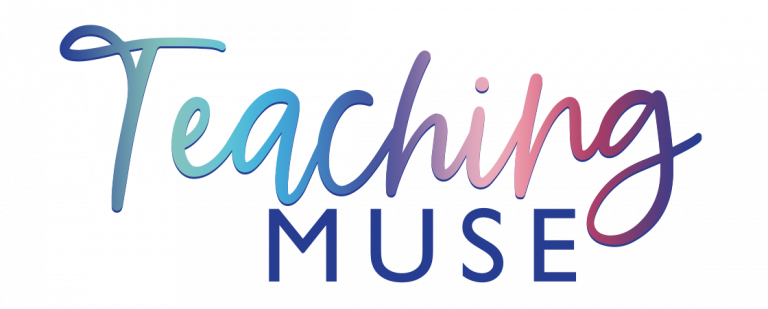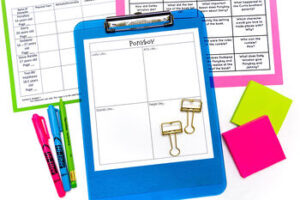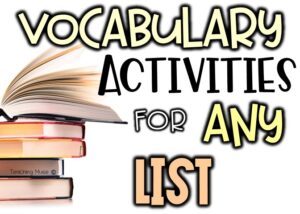Are you a science teacher looking for ways to engage your students at the start of class and help them to be ready to learn? If so, then you should consider using bell ringers in your classroom! Bell ringers are quick, engaging activities that students work on at the start of class, and they can be used to review content, activate prior knowledge, or introduce new concepts. Let’s learn ten reasons why science teachers should use bell ringers in grades 6, 7, and 8.
10 Ways to Use Bellringers in Science Class
Improve Classroom Management – A well-planned bell ringer can help you set the tone for the class period. It allows students to settle down, relax, and center their attention entirely on the science lesson. This can minimize distractions and improve focus, which translates to improved classroom management.
Get Students Engaged from the Start – Bell ringers set the mood for your science class, making it more engaging and fun right from the start. These quick, energetic activities can help your students become mentally and emotionally ready to learn more about the science concept you will discuss during the period.
Develop Critical Thinking Skills – With bell ringers’ challenging prompts or questions, students will be forced to think critically and reason about the science concept or topic you will cover during the period.
Differentiated Instruction – Bell ringers offer students of all learning styles ways to engage with science learning. Some who learn better by seeing visuals can be given photos of science objects, while auditory learners can be given recordings to listen to.
Practice and Reinforce Science Vocabulary – Bell ringers can also be an excellent opportunity for students to practice and memorize scientific vocabulary. Regular reviewing of scientific terms and the meaning behind them can help students understand the larger concepts in more detail.
Saves Time: Bell ringers save time, which you would require to start each class. Instead of using up valuable instruction time with repetitive administrative tasks, such as taking attendance, a bell ringer is a time-efficient way to start the class.
Prepares Students for Success: By using bell ringers as warm-ups, students are better prepared for a productive learning experience. Students are refreshed on the previous days’ learning and have an idea of what to expect in today’s class.
Builds Classroom Community: The social aspect of bell ringers helps build classroom community. Bell ringers provide many opportunities for students to interact with one another and work together on a task. It also allows students to get to know one another better.
Builds Student Confidence: Bell ringers can help build student confidence by providing quick, easy wins and positive reinforcement. They can also allow students to practice and improve language, reading, writing, and other skills needed in science.
Easily Measurable: Bell ringers provide measurable data for teachers to assess student understanding and progress over time. This data can be analyzed to make instructional decisions and to differentiate instruction as needed.
Bell ringers have the potential to transform your science class environment for the better. These exercises are a fast, easy, and effective way to get your students energized, positively focused, and ready to learn more about the science concept you’ll present to them during the period. The biggest advantage of bell ringers is that they are adaptable, providing ample opportunities for customization to meet different teaching and class needs. Make your science class even more enjoyable and engaging for your students by using these bell ringer activities today!









